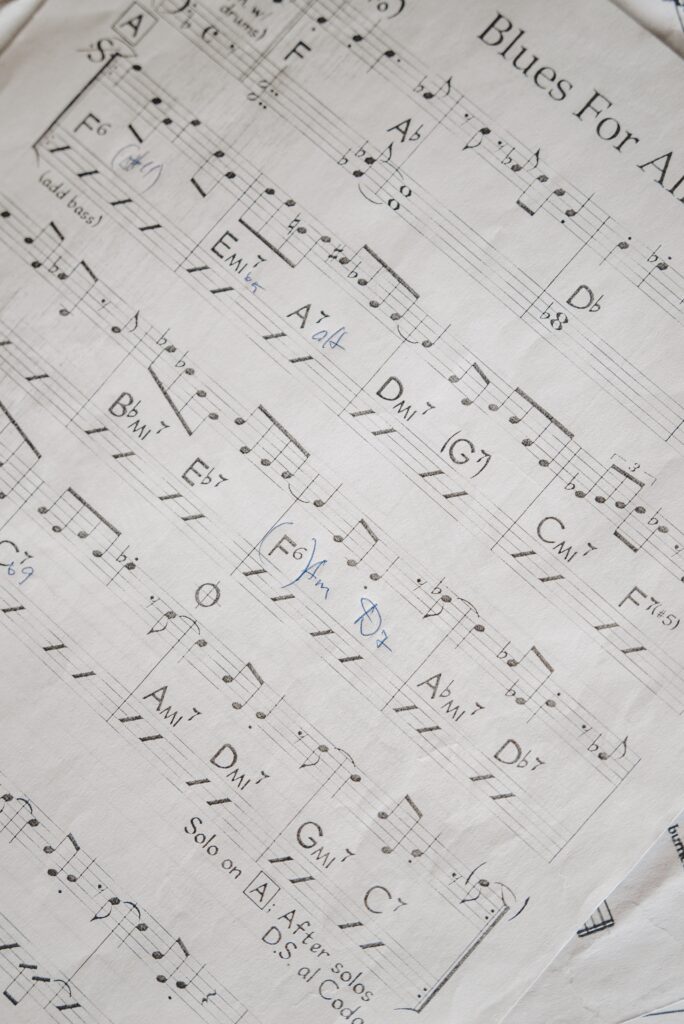Do the Roman numerals used to analyze music make your eyes cross? Do you want someone to explain how it works? Roman numeral analysis might seem a bit cryptic. However, it can be really useful once you understand it. Read more answer the question, “What exactly does I7-vi7-V7, I-iii-IV-I, and IV-V-I-V mean?”
How do the Roman numerals in the preceding sentence work?
- The first group of Roman numerals deals with seventh chords.
- Conversely, the second and third groups of Roman numerals describe three note major and minor chords call triads.
If the previous two sentences sound like Greek (er… Roman?) to you, you should read part 1 of the Roman Numeral Analysis series first:
The article you’re reading uses musical terms. For definitions, see the Glossary at the end of the post.


